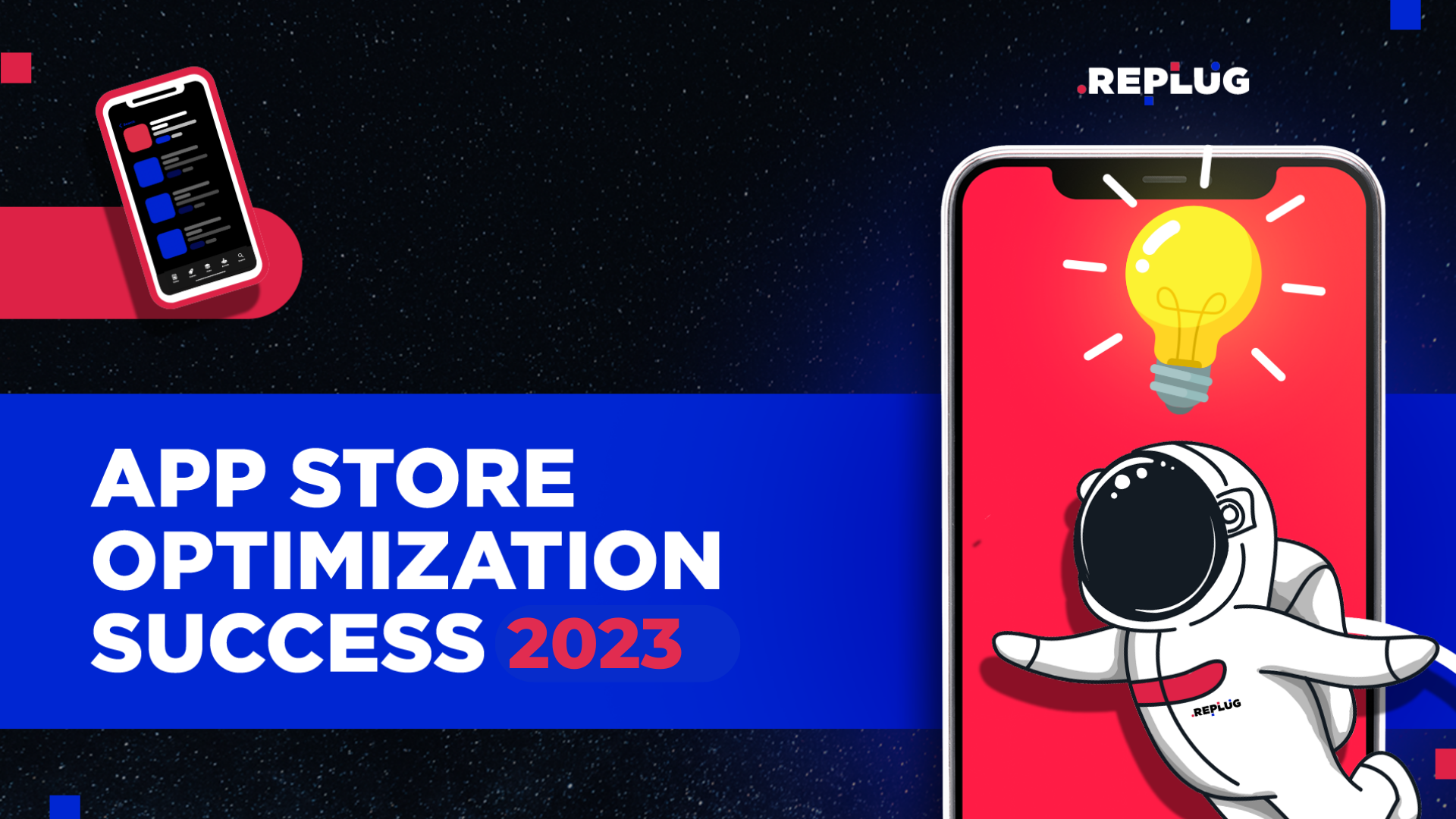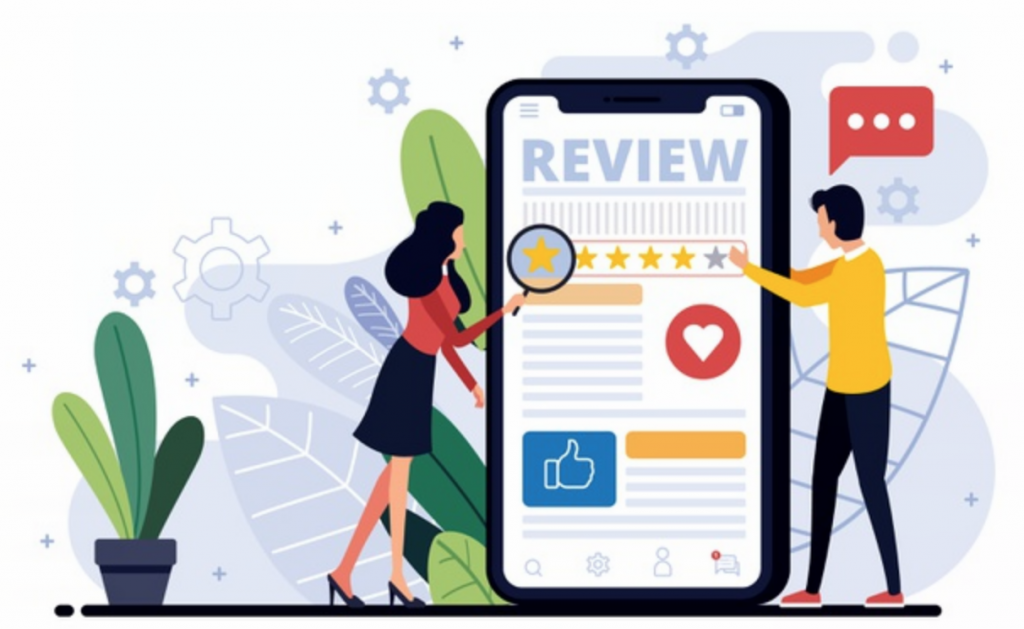How to Measure App Store Optimization (ASO) Success in 2023


Similar to SEO, App Store Optimization takes time and effort. As a matter of fact, when it comes to mobile apps, organic growth is hardly achieved overnight. So the answer to the question “how to measure ASO” is simple. It takes hard work and consistent optimization to get on the right path to success.
If we don’t know what to track, however, we won’t be able to understand how successful we are. Moreover, every result and the effectiveness of each marketing activity must be analyzed to understand the processes of the app’s functioning fully.
In Paid User Acquisition, the metrics that marketers typically monitor include cost-per-install (CPI), cost-per-action (CPA), and ROAS. However, when it comes to App Store Optimization, we often struggle to clearly define what KPIs and metrics we should keep an eye on. This doesn’t help us to determine whether our organic growth strategy is effective or not.
How to Measure ASO: Goals and KPIs


Depending on the various product stages, each app pursues different goals. These may include aiming for organic growth, a higher conversion rate, more installs, reduction of acquisition costs, or user engagement.
App Store Optimization’s importance lies in its benefits in the long run, such as the ability to achieve and maintain stable organic growth.
Here below, we collect the main KPIs for an ASO strategy. By tracking the following metrics regularly, we can assess our success and monitor the changes.
Related: ASO Definition and Why App Marketers Need It
#1 Goal: App Stores Visibility
Among the main goals of ASO strategies, the visibility of mobile apps and games in both iOS and Android Stores plays an essential role in achieving a higher number of organic installs.
Moreover, by carrying out marketing activities related to visibility, it is possible to increase the discoverability of the app in search, top charts, and featured categories.
How to Measure ASO: The Crucial KPIs
To measure App Stores visibility, we can track with one of the many ASO tools available, the following KPIs:
- Category and top chart rankings: This was one of the critical metrics for many brands and advertisers. However, due to store changes—that have limited category visibility—this has lost relevance for ASO purposes. Having said that, tracking how our mobile app position changes over time within its category can indicate how many installs we get. As well as our competitors.
- Keywords rankings: This represents the achieved position within search rankings for keywords, or keyword combinations, relevant to our app. The number of ranked keywords should not be a KPI. In fact, we should also consider the volume search for each keyword. The higher the search volume our keywords rank for, the better it is for our App Store Optimization strategy.
- Keywords visibility: Most of the ASO tools available in the market give the possibility to track overall visibility for a group of keywords over a period of time. This is an important KPI to control, as it can also be used to compare our performance against competitors.
- Similar/related apps: Similar app traffic matters for organic growth. It is an important metric to keep in consideration. In addition, understanding which app pages link to ours is a good indication of how the stores consider our mobile app.
- Featured: Although being featured in the store depends on many factors, a good ASO strategy can directly impact this specific point. For this reason, keeping an eye on this is very important. That is also because being featured usually means getting a high number of organic installs.
To sum it up, regarding the question “how to measure ASO”, we have listed the crucial metrics. Moreover, daily and monthly tracking of the above metrics’ evolution and comparison of rankings with competitors’ products are key factors in App Store Optimization.
#2 Goal: Conversion Rate
Another important factor in evaluating our App Store Optimization strategy is the effectiveness of the keywords traffic to our Product Page. What does this mean exactly?
If we optimize our Store Listing for keywords that are not relevant to our product, users who land there won’t be downloading our mobile app. Hence, analyzing the conversion rate of our Product Page will give us a clear idea of how relevant the keywords we chose are to our business.
To optimize our Store Listing correctly, we can take a look at the following two metadata factors:
- On-metadata: app name (title), description, creatives
- Off-metadata: downloads, ratings, reviews
When taking a look at this metric, the related KPIs are the following:
- Click-through rate (CTR): The ratio between the number of clicks and the number of impressions (name, app icon, and screenshots are very influential)
- Conversion rate to install (CR): The percentage of visitors to your Product Page that have downloaded the app
Basically, both CTR and CR are crucial to the Store Listing’s conversion funnel.
#3 Goal: Organic Uplift
When it comes to ASO, the number and the frequency of installs are not everything. Another metric, known as organic uplift (or organic multiplier), refers to a natural increase in organic traffic due to paid marketing actions.
Such a metric is determined by the ratio between the percentage of organic and non-organic installs (the higher the value of the organic uplift, the lower the eCPI of user acquisition). Moreover, paid installs can help our app rank in search and top charts. Thus giving our app more visibility and a higher chance to attract organic users.
Understanding the number of organic installs our mobile app receives within a certain period is a must-track KPI for all ASO managers and brands. However, tracking this uplift is not always straightforward.
The two stores, in fact, don’t offer a clear way to monitor this metric. However, one thing we could do is to ensure that any change we make to the Store Listing is not done at the same time as product update releases. In this way, we can, somehow, track the impact better.
Another important metric for growth analysis related to this is the number of active users. In this case, the main KPIs are MAU (Monthly Active Users) and DAU (Daily Active Users).
The Role of A/B testing in ASO
To correctly analyze and improve conversion metrics, you may want to conduct A/B tests for those elements of the Store Listing that need to be changed. A/B testing, or split testing, involves a randomized comparison of two versions of a component to discern which performs better.
In the context of App Store Optimization, A/B testing helps developers and marketers determine which version of an app’s listing element—such as the icon, screenshots, title, or description—resonates more with potential users.
We highly recommend our article “A/B Testing in ASO: An Iterative Approach to Growth” for a deeper understanding of this topic.
#4 Goal: Reviews & Ratings


Ratings and reviews also play key roles in the success of an app. To be more specific, they can:
A) Help an app with its ranking in search and top charts
B) Have a significant influence on users’ download decisions
In other words, the more reviews and ratings we have, the greater their impact on an app’s ranking and visibility. For this reason, the number of reviews and ratings our app gets is an important KPI to track.
#5 Goal: Monetization
Another important goal for mobile developers is monetization. If we don’t make income, what are we doing this for?
The relevant KPIs to measure revenue are:
- Average Revenue per User (ARPU): The total revenue divided by the number of users
- Lifetime Value (LTV): A prediction of the future net profit for a particular user
- Revenue: The total amount of income generated
For effective mobile app monetization, what matters the most is the quality of users rather than the number of installs. Therefore, the user who pays more for an extended period of time is considered more valuable than a user who drops out of the app shortly after his first session.
However, can monetization be directly related to our App Store Optimization strategy? In a way, yes. However, this is not always easy to track. Having said that, it is nevertheless essential to keep an eye on how this metric progresses over time.
How to Measure ASO: Final Words and Insights
App Store Optimization is a common practice to increase the organic visibility of our mobile app. When it comes to “how to measure ASO,” too often, however, we tend to focus on the wrong metrics to define our efforts’ success. With the KPIs mentioned above, we can control all the crucial metrics and ensure successful organic growth.
Are you interested in improving your App Store Optimization strategy? Get in touch with our ASO team of specialists and start growing your app today.
FAQ
How Do You Do an ASO Analysis?
Here are a few pointers to get you started: analyze your existing performance to optimize your app store keyword research, investigate your competitors’ top-ranked keywords for fresh ideas, identify gaps and target keywords that strong competitors aren’t ranking for, and check reviews to see how users perceive your app.
What Tool Do You Use for ASO?
AppTweak is one of the best tools. AppTweak is the top data-driven ASO tool. Amazon, Jam City, Yelp, Zynga, and Adobe are among the mobile giants that use this tool.
What Is ASO and How It Works?
App Store Optimization (ASO) is a strategy for increasing an app’s exposure in app stores. Each app is ranked in app stores depending on many factors. You may rank higher and generate more downloads by properly employing optimal keywords, valuable pictures, and customized descriptions.
What Factors Impact ASO Rankings?
Key influencers for app store rankings include keyword relevance, user reviews, download rates, update frequency, and user engagement metrics.
Why Are Reviews Crucial for ASO?
Reviews offer feedback on app performance and usability. Positive reviews boost credibility, while negative ones highlight improvement areas. They can also provide potential keywords, and responding showcases active user engagement.
Originally published on February, 2022. Updated on September 11, 2023.
